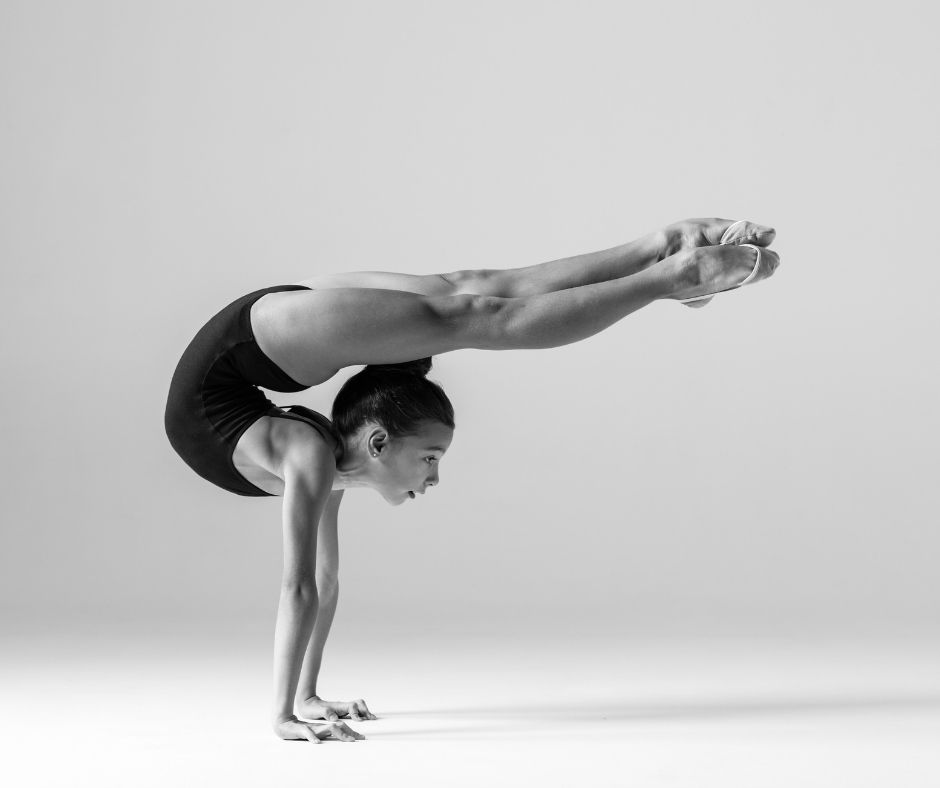
Flexibility for a lot of people implies stretching into weird positions that are only ever used by circus of gymnastic performers. So it is perhaps not the best way to describe the desired effects we pursue during our training. Mobility, healthy movement and correct posture are just a few of the more updated ways of thinking about flexibility. What we really seek when chasing flexibility is our full range of motion within the context of that body part. This means eliminating stiffness and soreness in muscles, working on freeing up the soft tissue around our joints without weakening it and moving through everyday and sporting activities with maximum performance, without pain.
For many years we have been told that we need to do long static stretching routines that take longer than the exercise you are about to do. We’ve been told that if we don’t, we will injure ourselves, our performance will be impaired and we might get cramps. Static stretching before an activity has been the only remedy on offer for.
One of the latest studies shows evidence that stretching one muscle beyond 60 seconds can have detrimental effects to performance. Even if you keep stretches below 30 seconds as is normally recommended, it at best has “no detrimental effect”, and may even make injury more likely. If I am going to do an exercise, I would like something a little better than “no detrimental effect.”
Warming up is however still important, the questions is how? Another study shows that dynamic stretching or warm ups that involve more movement, instead of just holding one position within that limb’s full range, can increase explosive movement performance in some areas.
Dynamic stretches could include doing a Chi Kung Brocades much like those we do at the beginning of a class. The combination of Chi Kung breathing techniques, good postural positions, movements that often resemble more complex combat techniques to help build muscle memory, and dynamic movements that move the body through it’s full range of motion is an ideal warm up. The Chi Kung Brocades we use start out simple, in order to build a good base to work from, then increase in difficulty as you progress through the ranks (advanced brocades use specific dynamics that mirror the element being studied).
Controlled movement is also far superior to holding static positions because static positions don’t actually generate much heat or blood flow, which is the purpose of warming up. One of the best ways to warm up is to do movements that closely resemble what you are about to do, but slower and with more control involving little to no explosive movements.
Some activities such as yoga and martial arts have always involved movements that push your full range of motion. The emphasis here is on the words “your full range.” We should be careful when comparing ourselves with some super flexible practitioner, as our maximum flexibility has a lot to do with our genetics. We all have our own genetic limitations that determine, among other things, our maximum range of motion. Most of us fall short of this personal maximum through simple lack of use and the problem is made worse by poor everyday habits such as prolonged sitting, but it must always only be our own person maximum. Some people are born with hyper-mobility, which is very much a sliding scale from simply being very flexible up to presenting a real danger from over extension. This just means that we all need to work within your personal range of movement and not try to copy some genetically gifted individual. You might never be able to lean over backwards to touch your forehead to your bum so don’t set yourself unreasonable goals.
Now don’t throw out static stretches altogether. They play a key role in many things such as physiotherapy and rehabilitation of ligament, tendons and muscles after injury. We just need to expand our concept of flexibility to priorities more practical and dynamic uses of our full range of movement.
